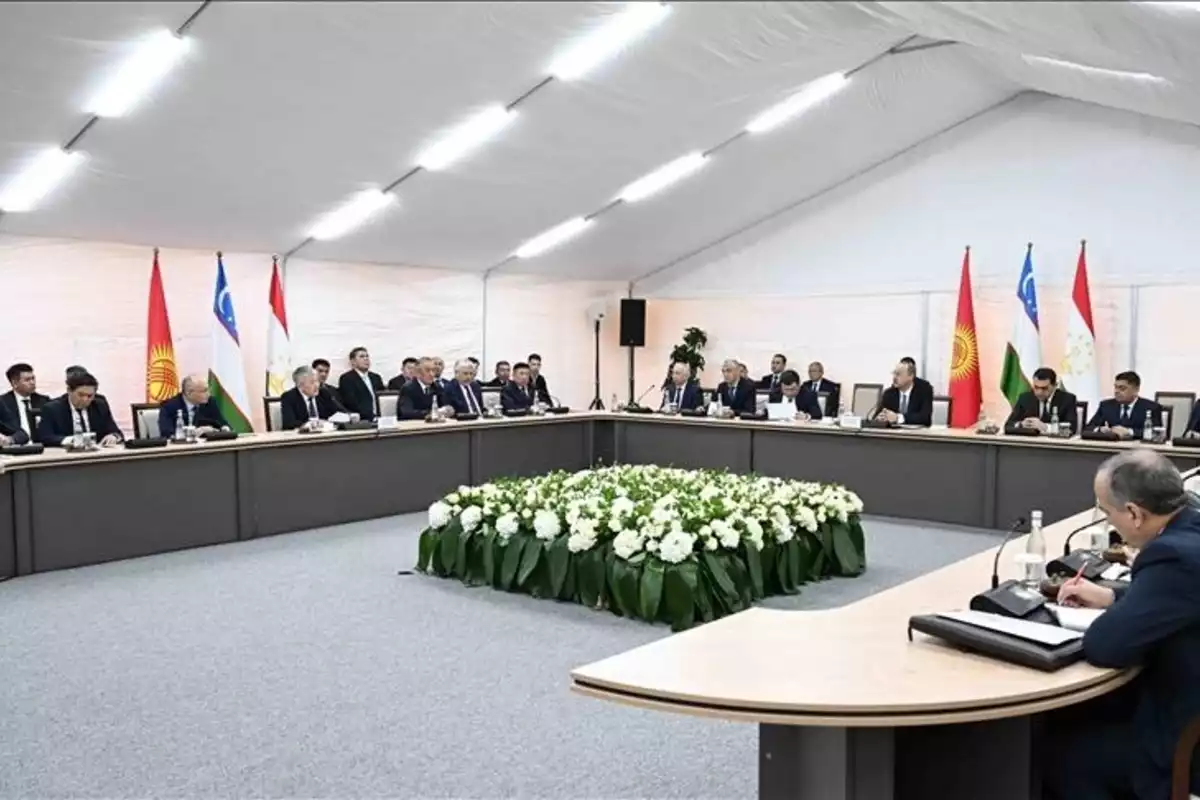
AA Photo
On Monday, the Presidents of Kyrgyzstan and Tajikistan signed a protocol for the exchange of instruments of ratification for a border agreement that was signed between Bishkek and Dushanbe earlier this month.
The signing ceremony, held in the Tajik city of Khujand, took place after bilateral talks between President Emomali Rahmon and his visiting Kyrgyz counterpart Sadyr Japarov, according to a statement by the Tajik presidency, The Caspian Post reports citing foreign media.
Following the ceremony, both Japarov and Rahmon participated in an online ceremony on the inauguration of a 500 kV power transmission line connecting the two Central Asian nations under the Central Asia-South Asia Electricity Transmission and Trade Project (CASA-1000).
CASA-1000 is a $1.16 billion project currently under construction that will allow surplus hydroelectricity from Kyrgyzstan and Tajikistan to be exported to Afghanistan and then Pakistan.
“During the talks, the leaders of the two states thoroughly discussed the state and prospects of Tajik-Kyrgyz bilateral relations and exchanged views on a wide range of issues related to the development and strengthening of good-neighborly relations between the two countries,” said a separate statement by the Tajik presidency on the bilateral talks.
Japarov and Rahmon’s meeting came ahead of a trilateral summit with Uzbekistan later today, for which Uzbek President Shavkat Mirziyoyev also arrived in Khujand.
Rahmon and Mirziyoyev held bilateral talks following the latter’s arrival, after which they signed a protocol on the exchange of instruments of ratification of the treaty on allied relations between the two countries, which was inked in April last year.
On March 13, Japarov and Rahmon signed an agreement on the state border in the Kyrgyz capital Bishkek, resolving a longstanding dispute between the two Central Asian countries which had been a source of conflict in recent years.
The nearly 1,000-kilometer (621-mile) Kyrgyzstan-Tajikistan border has been a recurring flashpoint for conflict, with the most severe clashes seen in 2021 and 2022.
Share on social media